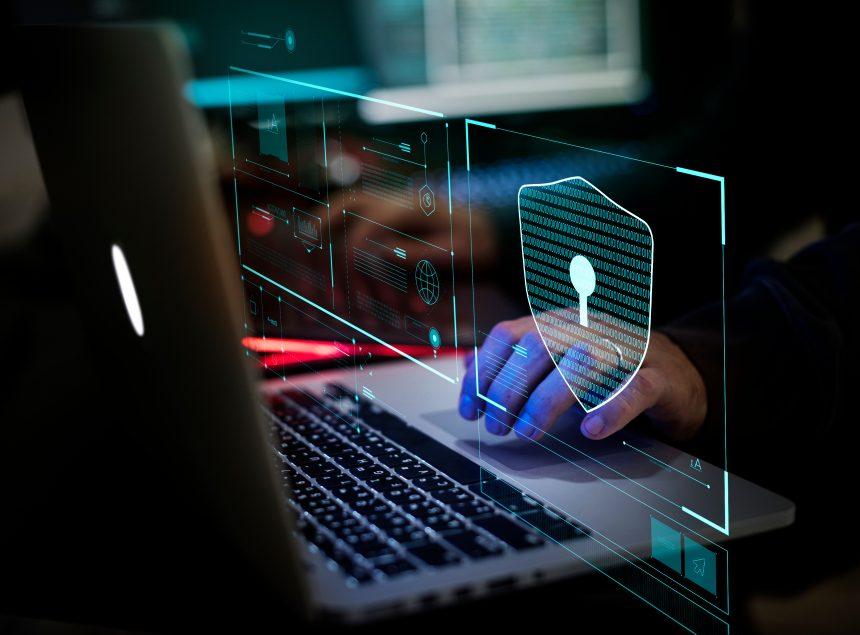In the ever-evolving landscape of cybersecurity threats, the emergence of new malware strains poses significant challenges to individuals and organizations alike. Among these threats is MadMaxShell, a potent malware variant known for its malicious capabilities and stealthy infiltration techniques. In this article, we delve into the intricacies of MadMaxShell, explore its actions and consequences, provide a detailed removal guide, and highlight best practices for mitigating future infections.
Understanding MadMaxShell
MadMaxShell is a type of malware categorized as a shell backdoor, designed to provide unauthorized access to a compromised system. It derives its name from its maximalist approach to exploiting system vulnerabilities and maximizing damage. Typically deployed through phishing emails, malicious downloads, or exploit kits, MadMaxShell silently infiltrates systems, evading detection by traditional security measures.
Actions and Consequences
Once entrenched within a system, MadMaxShell executes a plethora of malicious actions, including:
- Remote Access: MadMaxShell grants remote access to malicious actors, enabling them to control the compromised system discreetly.
- Data Theft: The malware exfiltrates sensitive information such as login credentials, financial data, and personal information, posing a significant risk to user privacy and security.
- System Manipulation: MadMaxShell can manipulate system settings, install additional malware, and execute arbitrary commands, exacerbating the compromise and facilitating further attacks.
- Persistence: It establishes persistence mechanisms, ensuring that it remains active on the infected system even after reboots or security scans.
The consequences of a MadMaxShell infection can be severe, ranging from financial losses and reputational damage to legal ramifications and compromised network integrity.
Detection Names and Similar Threats
MadMaxShell may be detected by various security solutions under different names, including but not limited to:
- Backdoor.MadMaxShell
- Trojan.Shell.MadMax
- HackTool.MadMax
- W32/MadMaxShell
Similar threats to MadMaxShell include other shell backdoors such as:
- NanoCore
- njRAT
- DarkComet
- BlackShades
MadMaxShell: Removal Guide
Removing MadMaxShell from an infected system requires a systematic approach to ensure complete eradication. Follow these steps carefully:
- Disconnect from the Internet: Disable network connections to prevent the malware from communicating with its command and control servers.
- Enter Safe Mode: Reboot the infected system into Safe Mode to minimize the malware’s ability to operate.
- Identify Malicious Processes: Use Task Manager or equivalent tools to identify and terminate suspicious processes associated with MadMaxShell.
- Delete Malicious Files: Manually delete all files and directories associated with MadMaxShell. Pay close attention to system directories and temporary folders.
- Registry Cleanup: Remove any registry entries created by the malware using the Registry Editor (regedit).
- Scan with Trusted Antivirus Software: Perform a thorough scan of the system using reputable antivirus or antimalware software to detect and remove any remaining traces of MadMaxShell.
- Update Security Software: Ensure that your antivirus software is up-to-date to protect against the latest malware threats.
- Reset System Settings: Reset system settings to their default configurations to undo any changes made by the malware.
Preventative Measures
Preventing future infections requires a proactive approach to cybersecurity. Here are some best practices to safeguard against malware threats like MadMaxShell:
- Educate Users: Train users to recognize phishing attempts, suspicious emails, and malicious downloads.
- Keep Software Updated: Regularly update operating systems, applications, and security software to patch known vulnerabilities.
- Use Firewalls and Intrusion Detection Systems: Deploy firewalls and intrusion detection systems to monitor network traffic and block malicious activity.
- Implement Least Privilege Principle: Limit user privileges to minimize the impact of potential compromises.
- Backup Data Regularly: Maintain regular backups of critical data to mitigate the impact of ransomware and data breaches.
- Enable Multi-Factor Authentication: Implement multi-factor authentication to add an extra layer of security to user accounts.
- Monitor System Activity: Monitor system logs and network traffic for signs of suspicious activity, enabling early detection and response to potential threats.
By adhering to these best practices and remaining vigilant, individuals and organizations can effectively defend against threats like MadMaxShell and mitigate the risk of cyberattacks. Remember, proactive cybersecurity measures are paramount in today’s digital landscape to safeguard sensitive information and preserve system integrity.





